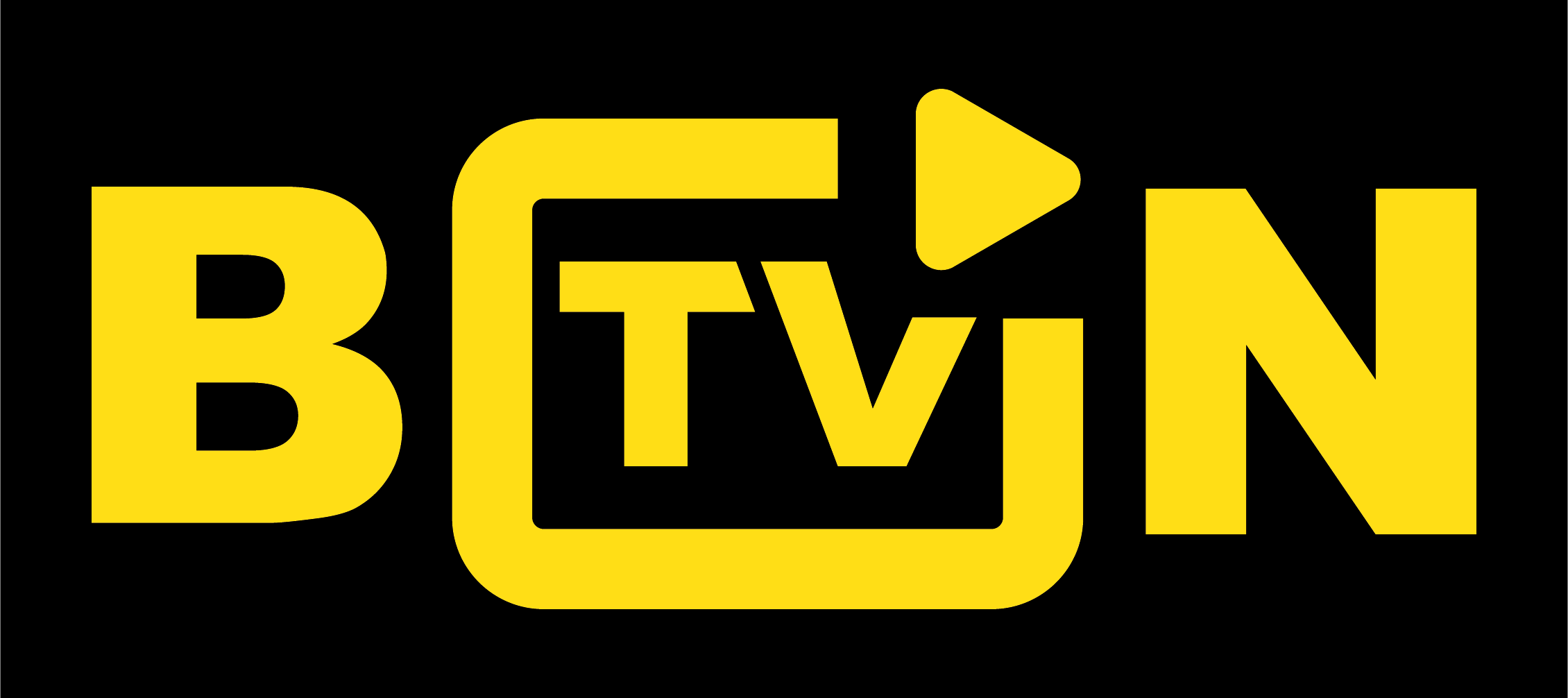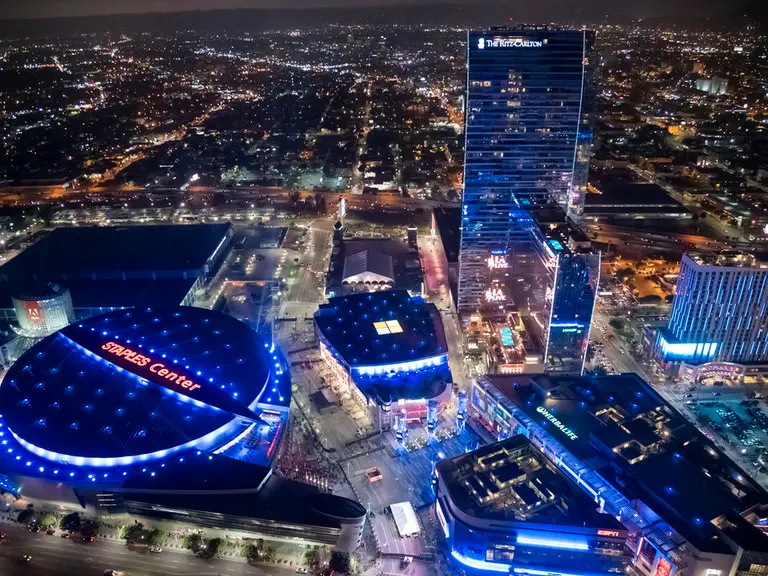By: Kevin Fernandez & Jerry Reynoso
May 6, 2024
LOS ANGELES–Stretched across the body of Downtown Los Angeles, the Figueroa Street corridor holds a handful of iconic venues, where you’ll find the beacon of high profile sports teams, such as the NBA’s Lakers and the NHL’s Kings, and a strong attraction for musical artists, such as Taylor Swift and Beyonce.
From “The House that Kobe Built” and the “Greatest Stadium in the World” to “The Black and Gold Cathedral”, we will highlight three different blocks that make LA’s entertainment strip unique, showcasing the facet it holds for LA’s richness in sports and entertainment culture of past and present.
Figueroa/ Exposition Park
Up first on the corridor, Exposition Park. Known as one of the biggest attractions in the arts, Exposition Park is home to various museums, but most importantly, holds a historic landmark that can fit up to 93,000+ people.
Dating back to 1923 and built as a memorial to the fallen World War I veterans of Los Angeles, the LA Memorial Coliseum has a century of history and rich traditions as it has been host to the most prolific events in entertainment history.
The Coliseum, deemed as the “Greatest Stadium in the World” has been home to the biggest sporting organizations in American Sports, receiving stents from the Los Angeles Dodgers, Los Angeles Rams, Raiders (LA Raiders in the 80s), and the Chargers.
From Evil Kneivel and Mick Jagger to Drake and Kanye, the LA Coliseum has welcomed the biggest entertainers in the industry in the last 100 years, but despite sports and concerts headlining the list of events held at the venue, the Coliseum has also held some historical moments, including appearances from multiple US Presidents, such as John F. Kennedy and Richard Nixon, and other political/religious figures, like Dr. Martin Luther King Jr. and Nelson Mandela.
Right next door, a new venue helps bring more unity to Los Angeles in a more modern way, replacing a location that was once known as a long-time neighbor to the Coliseum, the LA Sports Arena.
Despite its early success in events held in the 1980s, the LA Sports Arena was not able to keep up with societal standards, becoming too outdated for modern events and deemed unsafe according to seismic retrofit standards.
Alas, the creation of “The Black and Gold Cathedral”. Major League Soccer franchise, the Los Angeles Football Club, yet better known as LAFC, decided to take over the land of the demolished Sports Arena and build a privately-funded 22,000+ seated soccer-specific stadium.
Since day one, with a strong vision in building camaraderie “street by street, block by block, one by one”, the club has reached their goal in creating a newfound community in Los Angeles.
“We wanted to bring the world’s game to the world’s city.”, says LAFC Co-President, Larry Freedman, who has been with the club since 2014 where he was originally the franchise’s Chief Business Officer.
Since the club’s first game in 2018, BMO Stadium has sold out every single game for seven years straight, and to add to the entertainment element, the venue has been home to some key musical events, which include Hard Summer Fest, and a load of comeback tours from prolific groups and artists, such as Blink-182, Rage Against the Machine, Earth Wind and Fire with Santana, and many more.
As history remains in Exposition Park, new traditions arise near Christmas Tree Lane as BMO Stadium plays little brother to the LA Coliseum.
The Entertainment Corner
Moving up north on Figueroa street you’ll continue to find two more iconic venues that capture the essence of the Los Angeles vibrant culture and community spirit through sports and entertainment: the Shrine Auditorium and the Galen Center.
The historic Shrine Auditorium, located by USC, has been a cultural hub since its doors first opened.
It is renowned not only for its aesthetic beauty inside but also as a gathering place for some of the most significant events in entertainment history, including events such as the Academy Awards, the SAG Awards, People’s Choice Awards, BET Awards and specifically the Grammys before moving to a more modern entertainment venue just further up Figueroa street.
Not far from the historical aura of the Shrine, stands the Galen Center dedicated to the thrill of USC Trojans basketball and volleyball.
The energy here is not just strictly about competition though; it fosters a strong sense of community among attendees like USC student, Joey Elbaum.
“The Galen Center is really special to me as someone who wants to work in sports media because the energy on game day is electric, it unites all of the students. Especially the games when LeBron showed up as all my friends would talk about seeing him close in-person,” said Elbaum.
The Glamor of L.A Live
LA Live stands as the grandest block along Figueroa Street, spanning over 1,000,000 square feet and forming the epicenter of Los Angeles’s sports and entertainment industry. Home to the Los Angeles Convention Center, Crypto.com Arena (formerly Staples Center), and a plethora of theaters, LA Live caters to every entertainment enthusiast’s dream.
The transformation began when billionaire Philip Anschutz acquired the Los Angeles Kings in 1995 and sought a new home for the team. Prompted by the City of Los Angeles, Anschutz chose a prime downtown location next to the Convention Center. By 1999, Staples Center opened its doors, inaugurated by Bruce Springsteen, who had also closed out the LA Sports Arena.
The Anschutz Entertainment Group later expanded the area, adding the Peacock Theatre and the NOVO, creating a hub for concerts and events surrounded by numerous dining options. Staples Center soon became the premier sporting venue for LA’s top teams—the Lakers, Clippers, and Kings—and famously dubbed “the house that Kobe built” due to the legacy of Lakers legend Kobe Bryant, who led the team to five NBA Championships there.
Kobe’s influence extended beyond the court; his tragic death in January 2020 unified the city in mourning and prompted the Lakers to honor him with a statue at LA Live’s Star Plaza, standing among other LA sports legends. In recognition of his impact, there were discussions in 2021 to rename Figueroa Street to “Kobe Bryant Boulevard,” although these plans were delayed by the pandemic.
Now known as the Crypto.com Arena, the site remains a lasting testament to Bryant’s legacy and LA’s vibrant cultural scene, continuously drawing crowds and defining the sports and entertainment landscape of the city.




























